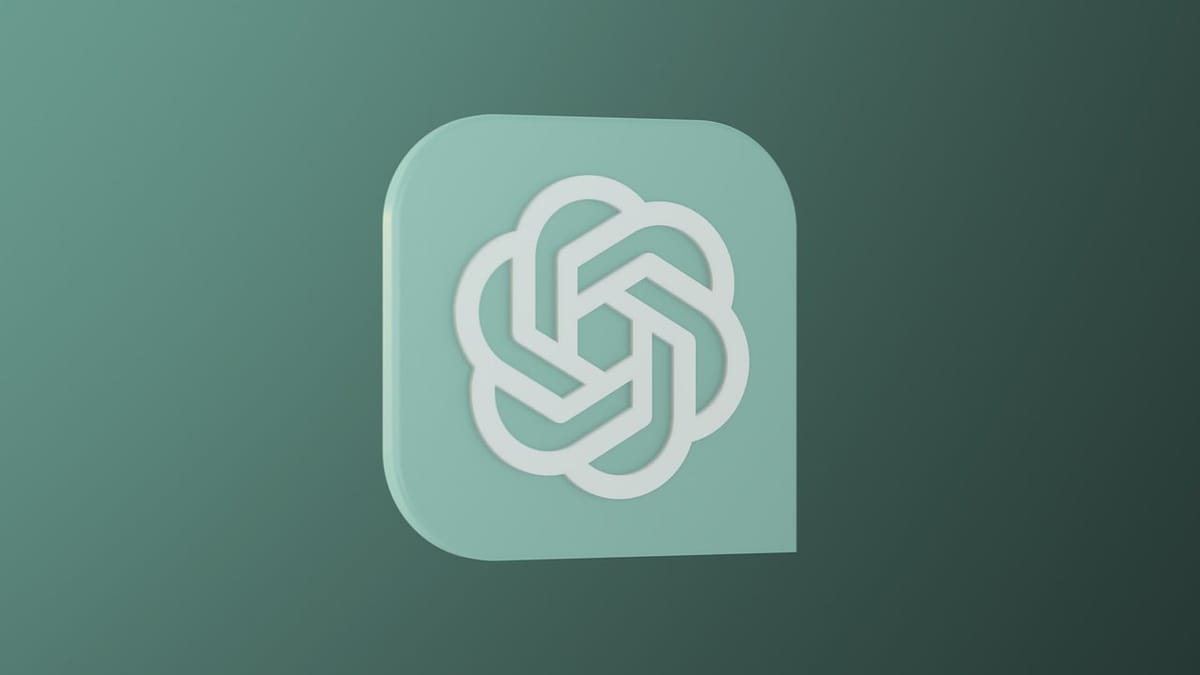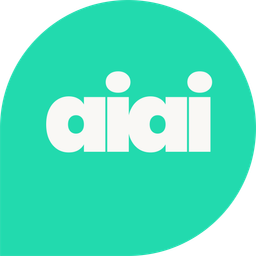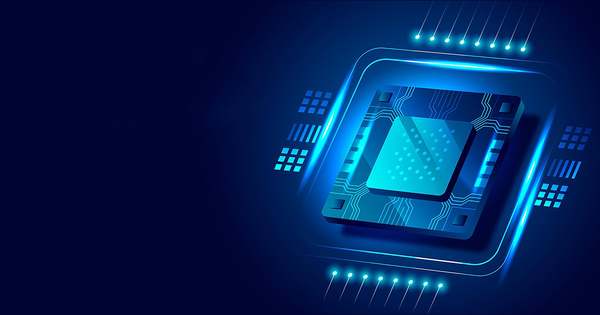OpenAI unveils its most cost-efficient and smallest model yet – GPT-4o mini.
In a major move towards making artificial intelligence more accessible, OpenAI has unveiled GPT-4o mini, its “most affordable and intelligent small model” to date.
This release signifies a major change, intended to expand the number of developers and applications that leverage AI technology.
According to OpenAI, GPT-4o mini will: “significantly expand the range of applications built with AI by making intelligence much more affordable.”
GPT-4o is already impressing developers with its 82% score on Measuring Massive Multitask Language Understanding (MMLU), with OpenAI claiming it “currently outperforms GPT-41 on chat preferences in LMSYS leaderboard.”
Keep reading to learn more about the capabilities of GPT-4o mini and how to use it to help build AI applications.
Table of contents:
- How GPT-4o mini powers diverse AI applications
- Features and capabilities
- 10 ways product developers can use GPT-4o mini
- FAQs
How GPT-4o mini powers diverse AI applications
The affordability of GPT-4o mini opens doors for a whole new range of AI applications. This level of intelligence used to be very expensive and limited to cutting-edge models, but now it's much more affordable.
Priced at just 15 cents per million input tokens and 60 cents per million output tokens, GPT-4o mini is over 60% cheaper than GPT-3.5 Turbo and significantly more affordable than previous cutting-edge models.
Features and capabilities
With GPT-4o mini, you can complete a variety of tasks, such as:
- Chain or parallelize multiple model calls (e.g., calling multiple APIs). This involves using GPT-4o mini for multiple tasks in a sequence.
- Process a large volume of context to the model (e.g., full code base or conversation history). GPT-4o mini can handle extensive data like full codebases or conversation histories, which can help create more nuanced AI interactions.
- Interact with customers through real-time text responses (e.g., customer support chatbots). The low latency makes it ideal for customer support chatbots or any application requiring fast text responses.
For now, it focuses on text and vision with plans to support video and audio in the future.

10 ways product developers can use GPT-4o mini
Here are 10 ways developers can use GPT-4o mini to help build successful AI applications:
1. Prototyping and design
Tired of starting at blank screens?
You'll be surprised at just how much you can speed up your product design with help from GPT-4o mini.
For example, it can help you brainstorm ideas, write documents, and even create user manuals. It also keeps everything consistent, even for big projects with extensive documentation.
2. User feedback analysis
User feedback is gold, but digging through mountains of comments can be a nightmare.
Save yourself time (and a headache) by using GPT-4o mini to analyze large amounts of feedback to find trends and areas of improvement.
You can even receive actionable insights from raw feedback, helping you to make the right decisions to improve your end product and end-user experience.
3. Automated documentation
Writing detailed technical documents and manuals for new chip designs?
GPT-4o mini can crank them out for you, saving you tons of time. Plus, it’s multilingual. So, you can create docs in multiple languages with ease.
4. Error detection and troubleshooting
There’s nothing worse than knowing there’s an error somewhere in the code and having no idea where it is.
The good news is that you can train GPT-40 mini on your coding style and projects and use it to assist engineers in identifying and resolving design errors by leveraging the model's strong performance in coding and reasoning tasks.
5. Create sophisticated AI applications
Creating sophisticated AI applications isn’t within everyone’s budget. This is usually due to how expensive it can be to build apps and tools with larger models like GPT-4.
The previous solution was to rely on smaller models like Claude 3 or Gemini 1.5 Flash, but now you can access the power of OpenAI at a low cost. You can then leverage it to help build things like chatbots, personal assistants, or educational tools.

6. Research and experimentation
Experiment with AI applications in various domains like healthcare, finance, or education and make the most of GPT-4o mini’s multimodal reasoning capabilities.
This new variation of GPT-4o is useful for analyzing and understanding different data types, making it ideal for developing innovative solutions.
7. Chain or parallelize model calls
OpenAI claims that users can now use GPT-40 mini to chain multiple model calls for complex tasks or to parallelize calls for handling large datasets simultaneously.
In other words, you can break down large problems into smaller, more manageable steps that GPT-4o mini can process one after another.
8. API integration
Integrate GPT-4o mini with other APIs to create complex workflows. These workflows can automate complex tasks involving data retrieval, processing, and action-taking based on the insights generated by GPT-4o mini.
This allows you to leverage its capabilities within your existing systems and build even more powerful products.
9. Comprehensive analysis
Perform comprehensive analysis on large datasets like entire codebases or lengthy conversation histories.
GPT-4o mini's ability to handle extensive context allows you to uncover hidden patterns and insights that might be missed by traditional methods.
10. Vision and text integration
Build applications that require both text and vision inputs, such as automated image captioning, visual question answering, or document analysis combining text and images.

FAQs: Chat GPT-4o mini
What is GPT-4o mini?
GPT-4o mini is a cost-efficient, small-scale version of OpenAI's GPT-4, designed to make AI more accessible. It excels in textual and multimodal reasoning, outperforming previous small models in benchmarks for tasks like coding, math, and language understanding.
Is GPT-4o mini free?
In ChatGPT, Free, Plus and Team users can access GPT-4o mini, in place of GPT-3.5. Developers pay 15 cents per 1M input tokens and 60 cents per 1M output tokens (roughly the equivalent of 2500 pages in a standard book).
How safe is GPT-4o?
OpenAI claims that safety is “built into our models from the beginning and reinforced at every step of our development process”. They have filtered out information they didn’t want their models to learn such as hate speech and adult content. GPT-4o mini has the same safety mitigations built-in as GPT-4o, and OpenAI are continuously monitoring how it’s being used to ensure constant safety and protection for its users.
What makes GPT-4o mini different from previous models?
GPT-4o mini offers superior textual and multimodal reasoning, has a large context window of 128K tokens, supports text and vision inputs, and is significantly more cost-effective.
How can GPT-4o mini be integrated into existing applications?
It can be used through the Assistants API, Chat Completions API, and Batch API, allowing for seamless integration into various applications.
Can GPT-4o mini be fine-tuned?
Yes, fine-tuning for GPT-4o mini will be available, allowing developers to customize the model for specific applications.
AI Accelerator Institute: Keep up with the latest advancements in AI
Our in-person events bridge the gap between research and value-driving applications for technical teams & AI executives.
We bring together individuals & teams to learn from one another, discover new ideas, and access state-of-the-art solutions.
Want to find out more?
Check out our 2024 in-person summit calendar. 📅



 Follow us on LinkedIn
Follow us on LinkedIn




